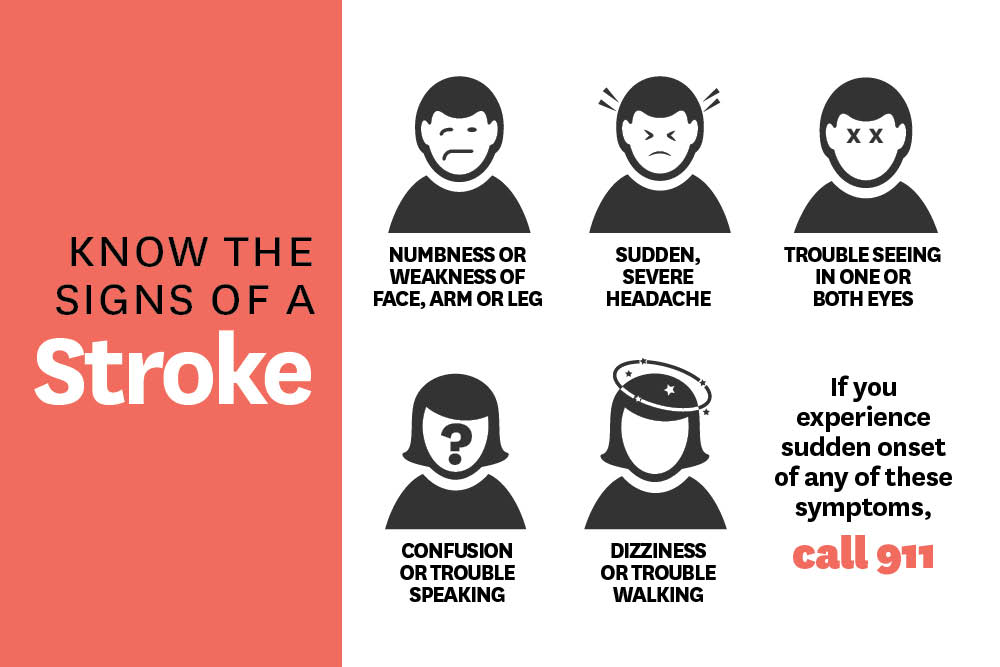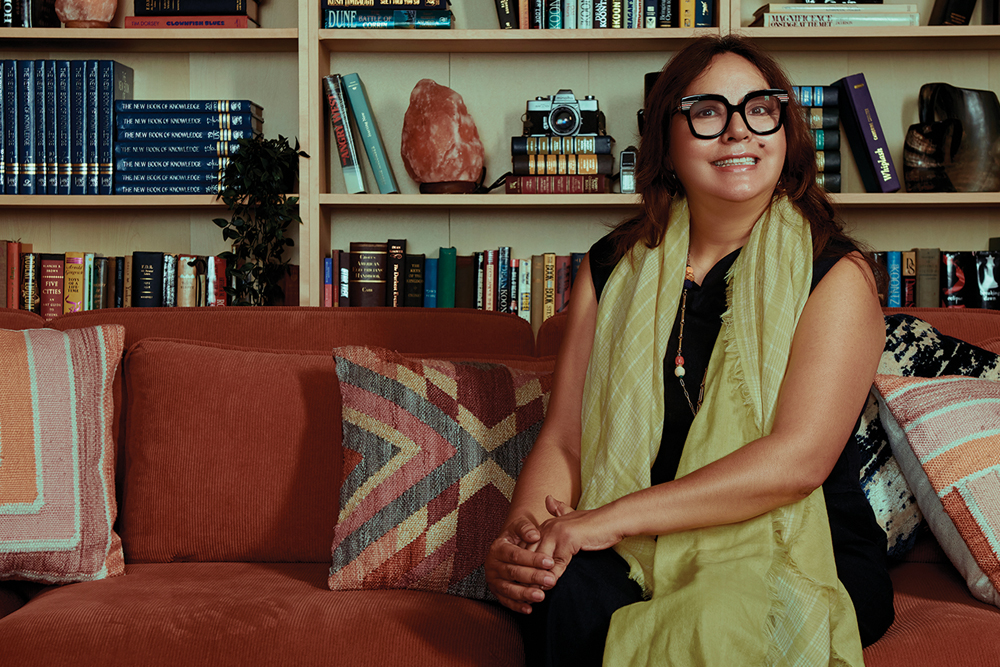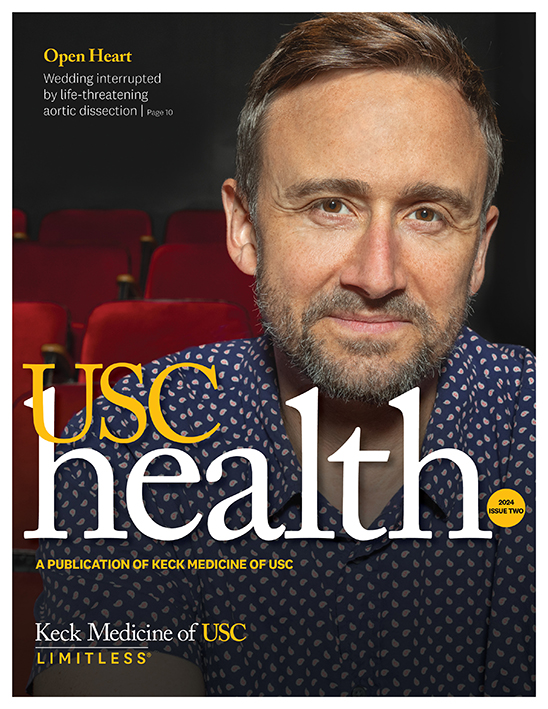
Rosa Maria Villalpando is the world’s first stroke patient to receive vagus nerve stimulation outside of a clinical trial. The results could benefit millions seeking improved mobility.
Five years after a stroke paralyzed the left side of her body, Rosa Maria Villalpando still hoped to recover the full use of her left hand for routine yet essential tasks such as curling her hair and typing.
Intensive occupational therapy helped the Downey resident restore, in her estimate, about 85% of her past function. She could once again shower, walk and drive a car without assistance.
“I was in therapy from the moment I was in the hospital,” says Rosa Maria, a clinical psychologist and former Univision reporter.
Still, her therapeutic progress had reached a plateau — and it made Rosa Maria more determined to seek other treatments. Her situation mirrors that of millions of stroke survivors whose upper extremities remain impaired, even after years of rehabilitation.
Rosa Maria recently found new hope. In May, she became the first stroke patient in the world outside of a clinical trial to receive implantation of a vagus nerve stimulation (VNS) device to help improve her mobility.
Charles Liu, MD, PhD, a Keck Medicine of USC neurosurgeon and director of the USC Neurorestoration Center, says VNS technology presents a potential milestone in Rosa Maria’s recovery.
And, he says, it creates new optimism for anyone who has suffered a stroke, which is a leading cause of serious long-term disability.
Electrical stimulation to nervous system after stroke
VNS, which has been used for two decades to treat other conditions such as epilepsy, received Food and Drug Administration approval for use in stroke patients following the groundbreaking results of a clinical trial published last year in The Lancet.
The study, coauthored by Dr. Liu, showed that stroke patients who received VNS in tandem with task-specific rehabilitation practices regained two to three times more motor function in their upper extremities than those who received only the rehabilitation.
“This idea of improving upon rehabilitation has been, in some ways, the holy grail of people working in stroke rehabilitation,” says Dr. Liu, who was also the study’s lead neurosurgeon.

The VNS device works by applying electrical stimulation to the vagus nerve (Latin for “wandering” nerve), which controls much of the autonomic function of the nervous system that sends messages back and forth between the brain and the body.
Neurosurgeons implant a pulse generator about the size of a matchbox between the skin and muscle of the patient’s left pectoral area, the same area where a pacemaker would sit. The generator is attached to a set of leads, or coils, placed around the vagus nerve in the neck.
Occupational therapists — or even patients — can prompt the VNS device to deliver electrical stimulation to the nerve as the patient performs tasks to strengthen their affected extremities.
The pairing of electrical stimulation with occupational therapy “changes the state of the nervous system,” Dr. Liu says, “and by changing the system, what the system is able to do is also changed.”
Rosa Maria’s VNS implantation was performed by Jonathan Russin, MD, assistant surgical director of the USC Neurorestoration Center, and Dr. Liu.

VNS could bring new possibilities for stroke patients
The surgeons had done the VNS procedure many times before. But pioneering its use for stroke patients — whose progress from therapy typically levels off at the one-year mark — brought new inspiration.
“Before, there was nothing that we could offer to chronic stroke patients from a surgical intervention standpoint,” Dr. Russin says. “Now, there is.”
As Rosa Maria recuperated in Keck Hospital of USC after the 45-minute procedure, she took selfies with her nurses and sent them to Dr. Liu. A few hours later, she was able to go home.
Little by little, I know I’m going to get my independence back.
Rosa Maria Villalpando, USC Neurorestoration Center patient
“The surgery, which I was really concerned about, was spotless,” Rosa Maria says, calling Drs. Liu and Russin “magicians.”
This use of VNS could help researchers identify new treatments for stroke and non-stroke injuries of the nervous system, Dr. Liu says, calling it “potentially the beginning of a brave new world of neurorestoration.”
Rosa Maria is also looking ahead. Shortly after her procedure, she visited Europe for her 60th birthday. “It was exhausting,” she says. “But I didn’t have any setbacks.”
She now attends three weekly occupational sessions at Keck Medical Center.
Although this new stretch of recovery is just beginning, Rosa Maria is optimistic the VNS device will help improve her function. “Little by little, I know I’m going to get my independence back,” she says.
Topics


